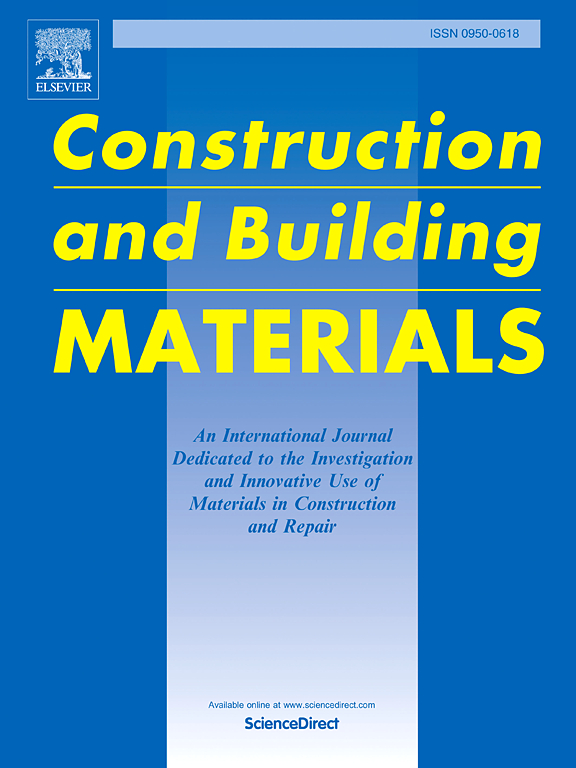Phase structure characterization and compatibilization mechanism of epoxy asphalt modified by thermoplastic elastomer (SBS)
Abstract
Epoxy resin is widely used in thermosetting polymer modified asphalt. However, the delamination and segregation will occur owing to the poor compatibility between epoxy resin and asphalt. The rigid molecular structure of epoxy resin also leads to insufficient toughness of epoxy asphalt (EA) at low temperature. In order to solve these problems of EA, styrene butadiene styrene block copolymer (SBS) is used to prepare modified epoxy asphalt (SBS-EA). The phase separation microstructure, rheological properties, mechanical properties and compatibilization mechanism of SBS-EAs are investigated. The initial viscosity of EA is increased by introducing SBS, but it still satisfies the requirement of pavement. The results of fluorescence microscopy and micro-computed tomography reveal that the compatibility of EA can be significantly improved by 3 wt% SBS. The average particle size of dispersed phase asphalt can be reduced with the content of SBS. Micro-infrared and gel permeation chromatography quantitative analysis turn out that SBS will migrate from the base asphalt to epoxy resin crosslinking network. The tensile strength, elongation at break and toughness of 3%SBS-EA are 12%, 67% and 78% higher than those of EA due to the good phase separation structure. Furthermore, the dispersed asphalt phase size is closely correlated with the mechanical properties of SBS-EA.


 求助内容:
求助内容: 应助结果提醒方式:
应助结果提醒方式:


